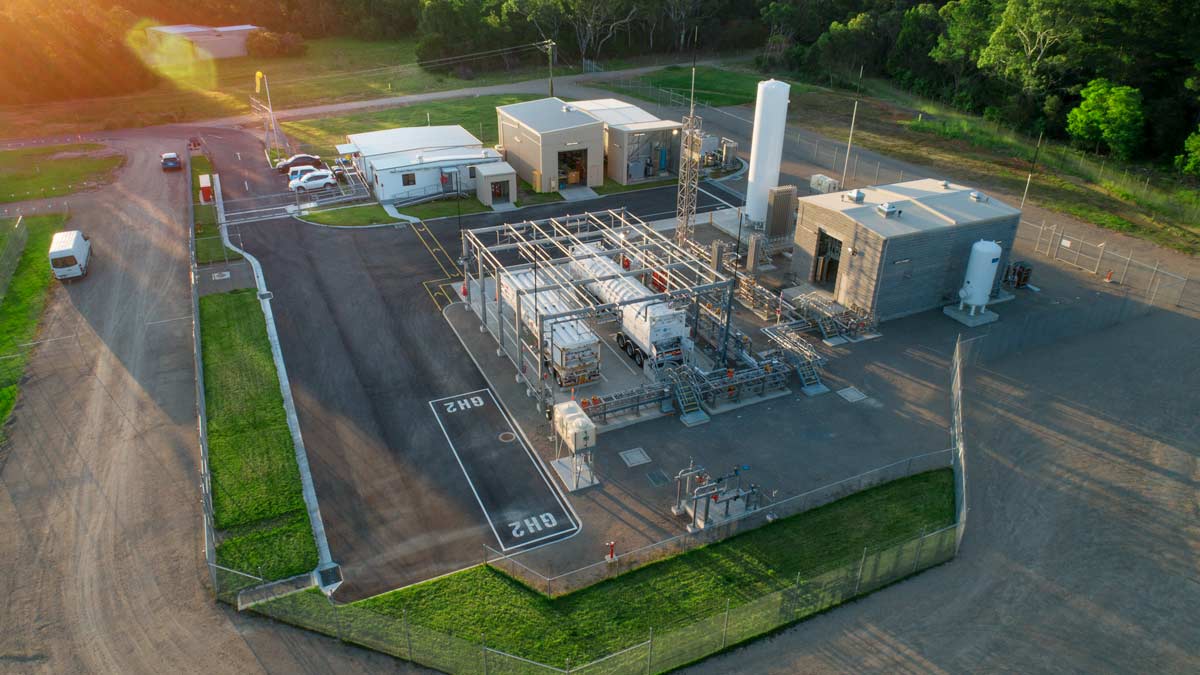A brown coal-to-hydrogen project in Victoria could be mothballed if the state Greens’ latest push to ban all coal activities gets up.
The Victorian Greens today introduced a bill dubbed Transition Away from Coal Bill 2023 to end all coal mining and burning in Victoria by 2030, and enshrine the prohibition in the state constitution.
Deputy leader Ellen Sandell says a constitutional protection for the ban would prevent future governments from reopening ” dangerous, destructive coal mining”, much as the enshrined ban on gas fracking has done.
The bill asks for a job-for-job guarantee for coal workers and funding to 2035 for an independent Latrobe Valley Authority, which will close coal plants and work on developing new industries for the region such as offshore wind, clean manufacturing and mine site rehabilitation.
Already, offshore wind companies are scouring the remnants of the Gippsland cola industry for skilled people they can hire to cut short a looming shortage of talent.
The wrong colour hydrogen
The “clean hydrogen” project that uses Latrobe Valley brown coal as its primary feedstock was granted $2.3 billion in funding from the Japan government in March, following a shipment of 2.6 tonnes of liquefied hydrogen.
One tonne came from the $500 million Latrobe Hydrogen Energy Supply Chain (HESC) Project, which used brown coal from a location at AGL Energy’s Loy Yang power station and was ‘cleaned up’ through the use of Australian Carbon Credit Unit offsets.
Brown coal-made hydrogen is one of the least environmentally friendly ways of producing the gas. The joint venture owners say they can clean up the final product by using carbon capture, utilisation and storage (CCUS), a feature of the project that is not yet operational.
The project is a joint venture between J-Power and Sumitomo Corporation, which plan to launch a commercial demonstration of a plant that can make 30,000 to 40,000 tonnes of hydrogen a year.
Brown lignite is the least energy dense of coal types and most polluting and as such is now all but unexportable; without an alternative use the reserves still underground in Gippsland will be abandoned.
But with $500 million already spent on 1 tonne of hydrogen, $100 million of which was from federal taxpayers, it’s unclear whether this project will be the industry salvation that Latrobe Valley residents have been sold.
“We know coal is on its last legs, and the government knows it too,” said Victorian Greens regional and rural spokesperson Dr Sarah Mansfield in a statement.
“Yet rather than work on a plan to get out of coal sooner, Labor is backing more coal projects and leaving Latrobe Valley workers in limbo.
“Our bill would provide this community with the certainty they need.”
Coal mines winding down
In Victoria there are only two remaining coal mines operating and both ring the Latrobe Valley town of Morwell, the Energy Australia-owned Yallourn mine due to close in 2028, and the massive AGL- and Alinta-owned Loy Yang mine.
AGL has pencilled in a shut down date for the Loy Yang power station for 2035, but the mine co-owner Alinta has not committed to a closure date yet for the quarry.
The Anglesea lignite coal mine is already undergoing rehabilitation, while the old Hazelwood site is stuck in state and federal approval processes five years after it closed in 2017.
In February 2022, the Victoria government required it to go through a two to four year Environmental Effects Statement (EES) after community pressure, and a year later the federal government referred owner Engie under the Environment Protection and Biodiversity Conservation Act (EPBC) to assess how the proposal will affect the Ramsar Convention-listed Gippsland Lakes, and local threatened and migratory species.









